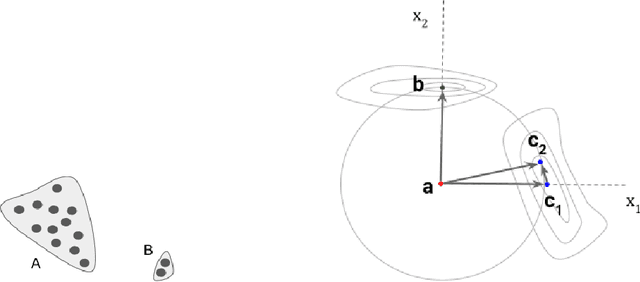John Sipple
Real-World Data and Calibrated Simulation Suite for Offline Training of Reinforcement Learning Agents to Optimize Energy and Emission in Buildings for Environmental Sustainability
Oct 02, 2024



Abstract:Commercial office buildings contribute 17 percent of Carbon Emissions in the US, according to the US Energy Information Administration (EIA), and improving their efficiency will reduce their environmental burden and operating cost. A major contributor of energy consumption in these buildings are the Heating, Ventilation, and Air Conditioning (HVAC) devices. HVAC devices form a complex and interconnected thermodynamic system with the building and outside weather conditions, and current setpoint control policies are not fully optimized for minimizing energy use and carbon emission. Given a suitable training environment, a Reinforcement Learning (RL) agent is able to improve upon these policies, but training such a model, especially in a way that scales to thousands of buildings, presents many practical challenges. Most existing work on applying RL to this important task either makes use of proprietary data, or focuses on expensive and proprietary simulations that may not be grounded in the real world. We present the Smart Buildings Control Suite, the first open source interactive HVAC control dataset extracted from live sensor measurements of devices in real office buildings. The dataset consists of two components: six years of real-world historical data from three buildings, for offline RL, and a lightweight interactive simulator for each of these buildings, calibrated using the historical data, for online and model-based RL. For ease of use, our RL environments are all compatible with the OpenAI gym environment standard. We also demonstrate a novel method of calibrating the simulator, as well as baseline results on training an RL agent on the simulator, predicting real-world data, and training an RL agent directly from data. We believe this benchmark will accelerate progress and collaboration on building optimization and environmental sustainability research.
A Lightweight Calibrated Simulation Enabling Efficient Offline Learning for Optimal Control of Real Buildings
Oct 12, 2023Abstract:Modern commercial Heating, Ventilation, and Air Conditioning (HVAC) devices form a complex and interconnected thermodynamic system with the building and outside weather conditions, and current setpoint control policies are not fully optimized for minimizing energy use and carbon emission. Given a suitable training environment, a Reinforcement Learning (RL) model is able to improve upon these policies, but training such a model, especially in a way that scales to thousands of buildings, presents many real world challenges. We propose a novel simulation-based approach, where a customized simulator is used to train the agent for each building. Our open-source simulator (available online: https://github.com/google/sbsim) is lightweight and calibrated via telemetry from the building to reach a higher level of fidelity. On a two-story, 68,000 square foot building, with 127 devices, we were able to calibrate our simulator to have just over half a degree of drift from the real world over a six-hour interval. This approach is an important step toward having a real-world RL control system that can be scaled to many buildings, allowing for greater efficiency and resulting in reduced energy consumption and carbon emissions.
A general-purpose method for applying Explainable AI for Anomaly Detection
Jul 23, 2022



Abstract:The need for explainable AI (XAI) is well established but relatively little has been published outside of the supervised learning paradigm. This paper focuses on a principled approach to applying explainability and interpretability to the task of unsupervised anomaly detection. We argue that explainability is principally an algorithmic task and interpretability is principally a cognitive task, and draw on insights from the cognitive sciences to propose a general-purpose method for practical diagnosis using explained anomalies. We define Attribution Error, and demonstrate, using real-world labeled datasets, that our method based on Integrated Gradients (IG) yields significantly lower attribution errors than alternative methods.
 Add to Chrome
Add to Chrome Add to Firefox
Add to Firefox Add to Edge
Add to Edge